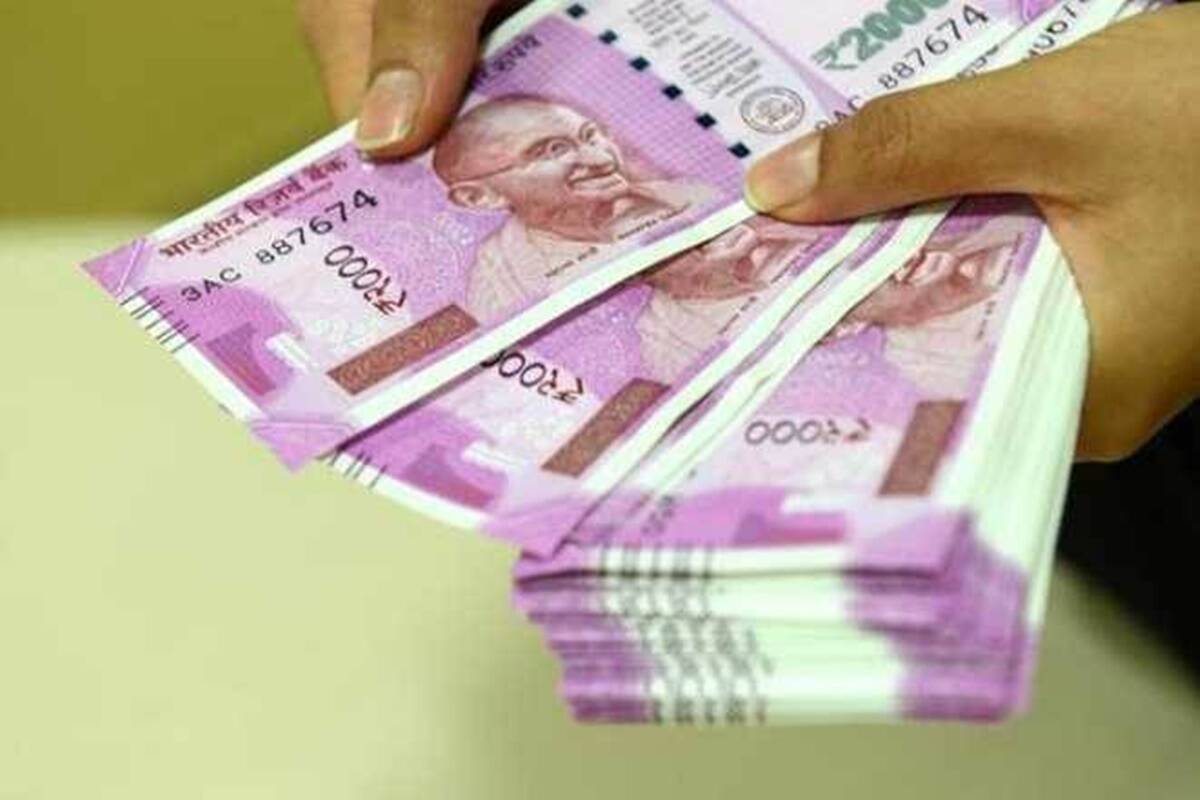 The October-December quarter witnessed 75% of the credit ratings being reaffirmed.
The October-December quarter witnessed 75% of the credit ratings being reaffirmed. By Malini Bhupta
Barely nine months after the moratorium was imposed on Yes Bank, the private sector lender is on the road to recovery. Prashant Kumar, MD and CEO, in an interview with Malini Bhupta, says operating profits and recoveries would be sufficient to provide for credit costs and it would not need to consume capital. Excerpts:
Nine months after the moratorium was imposed, can you say the Yes Bank turnaround story is complete?
The moratorium was imposed on March 5 and I joined the next day. At that point, the expectation was that the bank would be merged with SBI. Customers lacked confidence and it reflected in deposit outflows. In September 2019, deposits stood at Rs 2.1 lakh crore and those came down to Rs 1.05 lakh crore in March 2020. The bank’s CD ratio was at 166% at the time, as it was not able to raise substantial capital during FY20. And within a week of this, the nationwide lockdown due to the COVID-19 situation was imposed. At SBI, we always believed that we are capable of dealing with any situation. With SBI having a 49% stake in the bank, we embarked on the bank’s journey of transformation, and failure was not an option. The bank had raised Rs 1,930 crore through QIP in August 2019.
To rebuild the confidence of the stakeholders, it was not only important to recognise the problems, but also be transparent about them. If you don’t recognise the problem, there can be no solution.
What was critical for the turnaround of the bank?
After 12 days, the bank came out of the moratorium and I was clear that communicating with customers and employees would be the key. Every day, I was talking to customers and our employees. The bank announced the December 2019 results on March 14 and we provided 73% on our GNPAs.
Three things were very critical for the turnaround. First, the quality of our human resources. Second, the customer engagement and service, and third the digital and technology capabilities of the bank. The entire payment system of the country was paralysed during the moratorium and some players did move on to other banks. However, when the moratorium was lifted, most of the customers came back to us with the feedback that other banks could not handle the traffic.
What about the bank’s ability to cover credit costs?
The most critical aspect for any bank is its machinery to generate the operating profit. Despite the COVID-19 situation, the bank could generate operating profits, which was used to provide for credit costs, showing a profit both in Q1 and Q2 of FY21. We already had 75% provisions for NPAs, but COVID-19 has a separate impact on the loan book. Operating profits and recoveries would be sufficient to provide for credit costs and we would not need to consume capital.
How are you planning to chase recoveries and that too in times like these?
We created a separate vertical within the bank for stressed assets. This team’s responsibility is recovery and resolution of stressed assets. We have a wonderful team of 75 people and we are engaging with customers every week. The board reviews it every month. While this is against nobody, but since it is public money, I need to recover it. We have recovered Rs 1,000 crore in the first two quarters, and for this year, our target is to recover Rs 5,000 crore. Each account needs a different strategy and genuine customers need to be supported. We believe we can recover 50% of Rs 40,000 crore of bad loans.
What about the bank’s financials after taking the hit upfront after you took over?
If you see, our operating profit is back to last year’s levels and we are firmly on track to grow the business and generate profit. Today, while we cannot recognise NPAs due to COVID-19, we are making provisions. We have made provisions of ~Rs 2000 crore but more will be required, which will be met from operating profit (earned) in Q3 and Q4. Hopefully this, plus recoveries will be enough to meet our needs.
What about your capital ratios?
At present, our CET ratio is 13.4% and overall capital is at 20%. In a worst case scenario, 1-1.5% of capital may be needed to take care of the stress. Even then our capital will be at 12%. For any bank, it is important to generate operating profit which can take care of any surprise on the loan book.
What is Yes Bank’s strategy going to be once it puts its problems behind?
The bank will focus on retail. When we say more focus on retail, it does not mean that we will not focus on corporate. Earlier, corporate was 56% and retail/MSME was 44%. Our strategy is to increase the mix of retail/MSME to 60% over the medium term.
This is also because the corporate sector is not growing for a couple of reasons. No investments are coming from the private sector. On the working capital side too, the requirement from good corporates wasn’t there as they could raise money from the money markets. Good companies can raise money from money markets at 3.5%. So, if corporate demand is not there, you park your money in government securities or lend to retail. If you park money in government securities, then you are not a banker.
On the retail side, there is a huge demand. All banks have their own credit risk frameworks and because of your own constraints you can cater to a limited section of the society. Today, when NBFCs are missing from the market, it is a huge opportunity for banks.
This article is auto-generated by Algorithm Source: www.financialexpress.com


